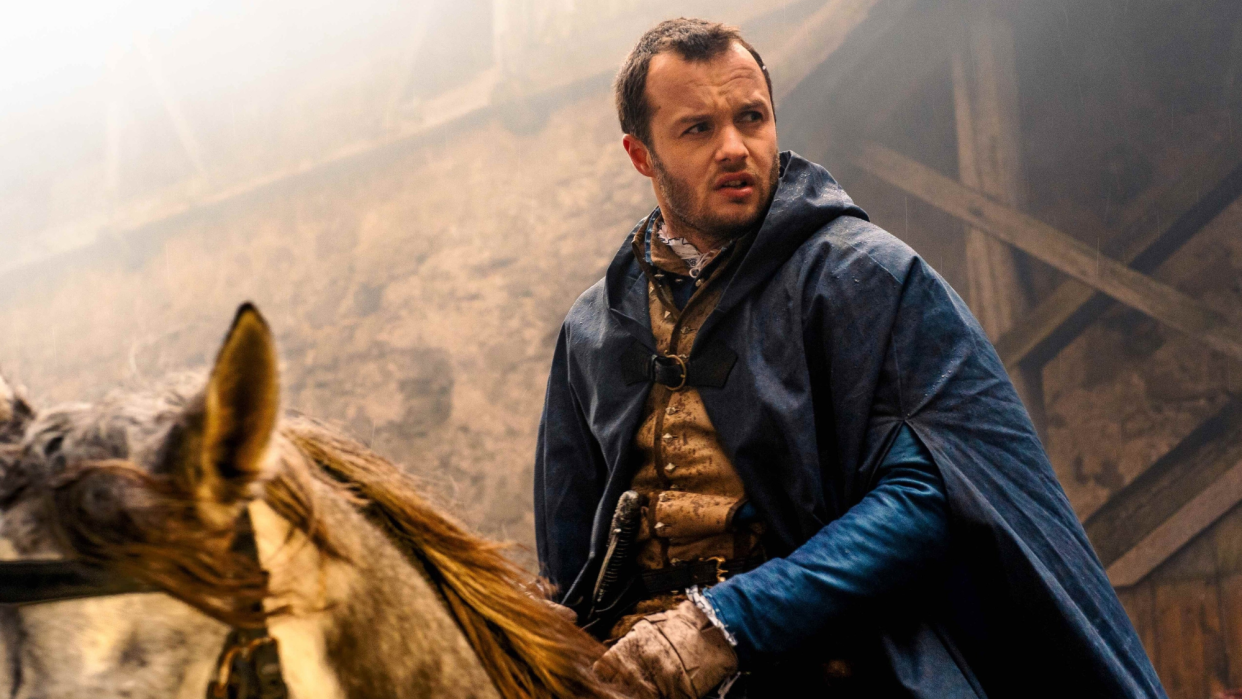Shardlake: a 'tightly plotted, gorgeously atmospheric piece of television'

"It would be easy for a historical murder procedural that relies on you having at least an A-level-size grasp on Tudor court intrigue to be a bit boring," said Joel Golby in The Guardian. But "Shardlake", the four-part Disney+ adaptation of the best-selling series of Tudor murder mystery novels by CJ Sansom, is a lot of fun.
The screen rights for the books were acquired over two decades ago. It is only now, however, that the heroic lawyer-slash-detective has finally made it to the small screen – with the series airing in the UK days after Sansom died aged 71 last Saturday.
"Shardlake" kicks off in 1537 during Henry VIII's reign, as Thomas Cromwell (Sean Bean) oversees the dissolution of the monasteries. When one of his commissioners ends up dead, he hires Shardlake (Arthur Hughes) to figure out what happened.
Hughes is superb as the "sometimes nostril-flaringly authoritative and sometimes solemn" titular lawyer, while the "Holmes-Watson'' dynamic with his roguish sidekick Jack Barak (Anthony Boyle) is very enjoyable to watch. Bean's Cromwell has a "cool cruelty to him" and he bounces off Hughes from the start.
It's when the action moves to the eerie St Donatus monastery that the show really gets going, said Vicky Jessop in the London Evening Standard. "This is a tightly plotted, gorgeously atmospheric piece of television" that examines the "horrible things men do to each other in order to survive". Thankfully, "Shardlake" does tension exceptionally well and the end result is "eminently watchable".
Disney billed the series as "thrilling", said Anita Singh in The Telegraph, "which it isn't". "Shardlake" is a "solid, intelligent offering that never quite kicks into a higher gear". But the Disney touch and sizeable budget lends the show a "filmic quality" and the political backdrop adds another interesting layer to the plot.
The series certainly doesn't skimp on historical detail, said James Hibbs in the Radio Times. However, what really draws you in is the show's "vibes". There's a "dark, creepy, foreboding slant to many of the scenes", which is complemented by the impressive production design.
Despite this haunting edge, the series "never forgets to have fun, with a twinkle in its eye and an almost swashbuckling entertainment factor". Perhaps the least successful component of the series is the mystery itself: there's a lack of intrigue around who the culprit is. Still, this is only a "minor criticism" in the face of everything the series gets right.

